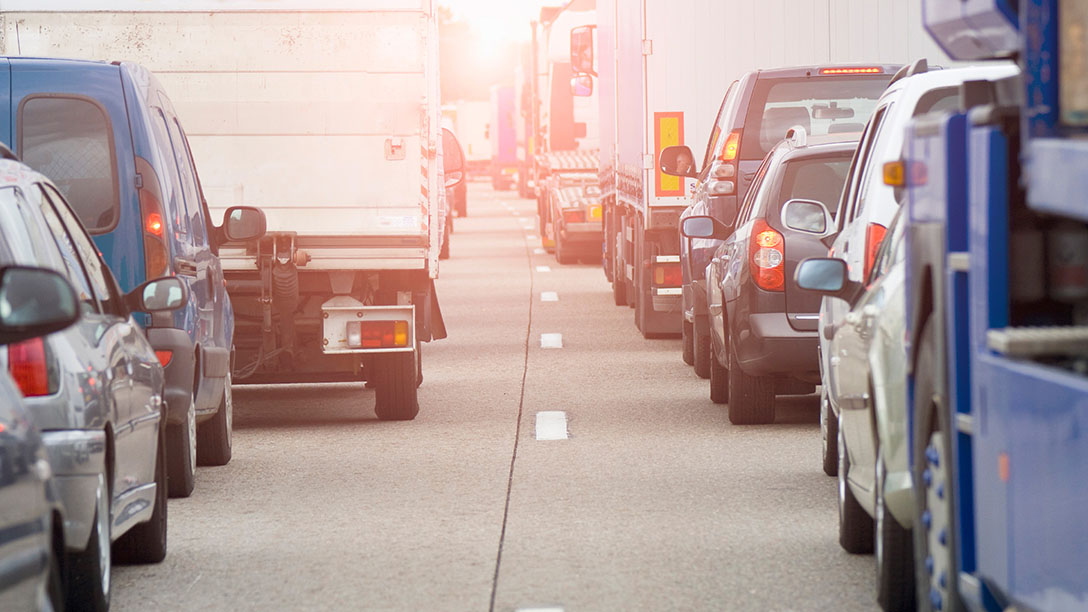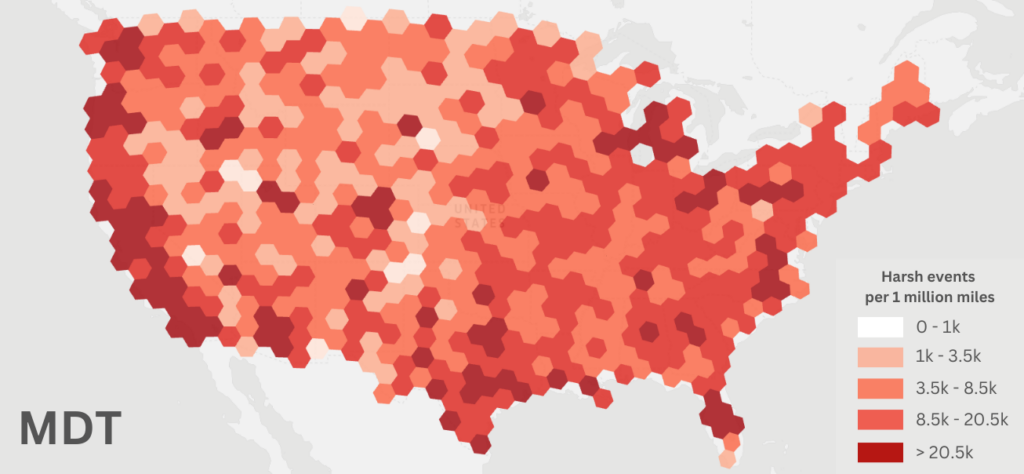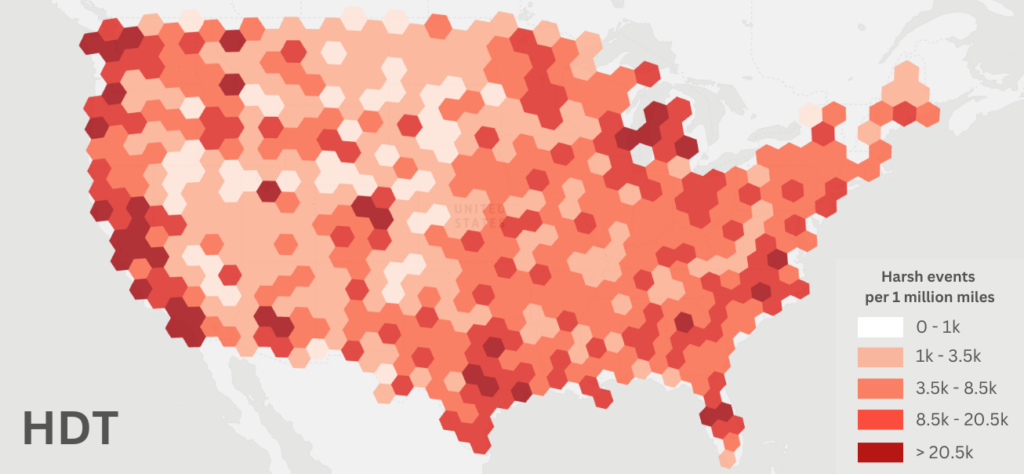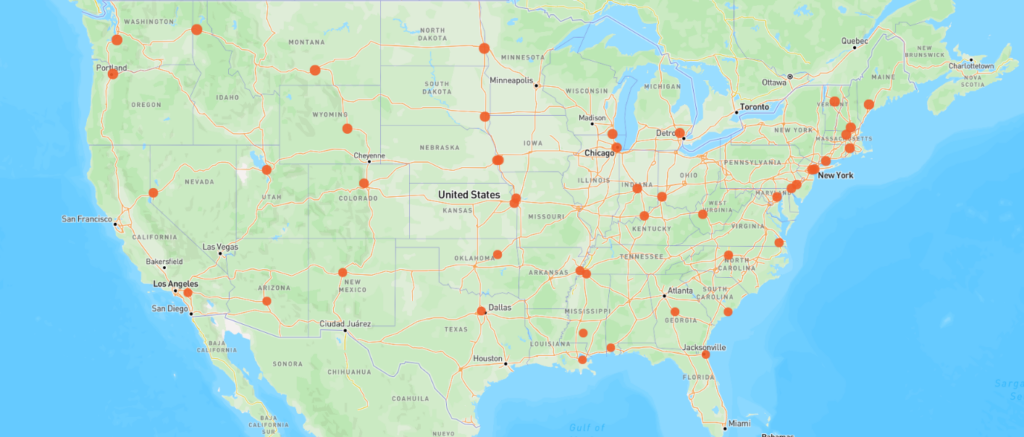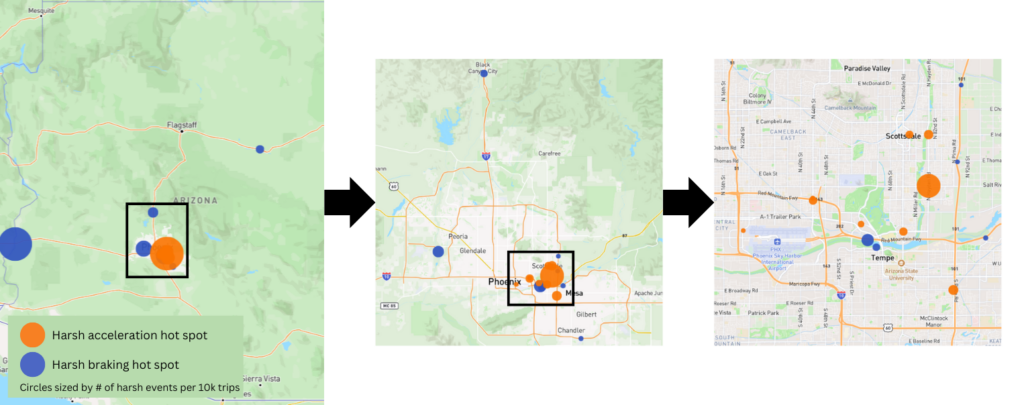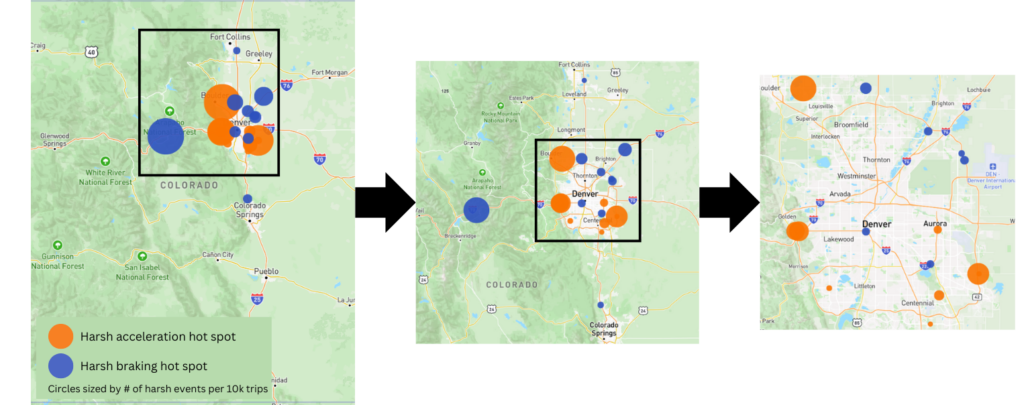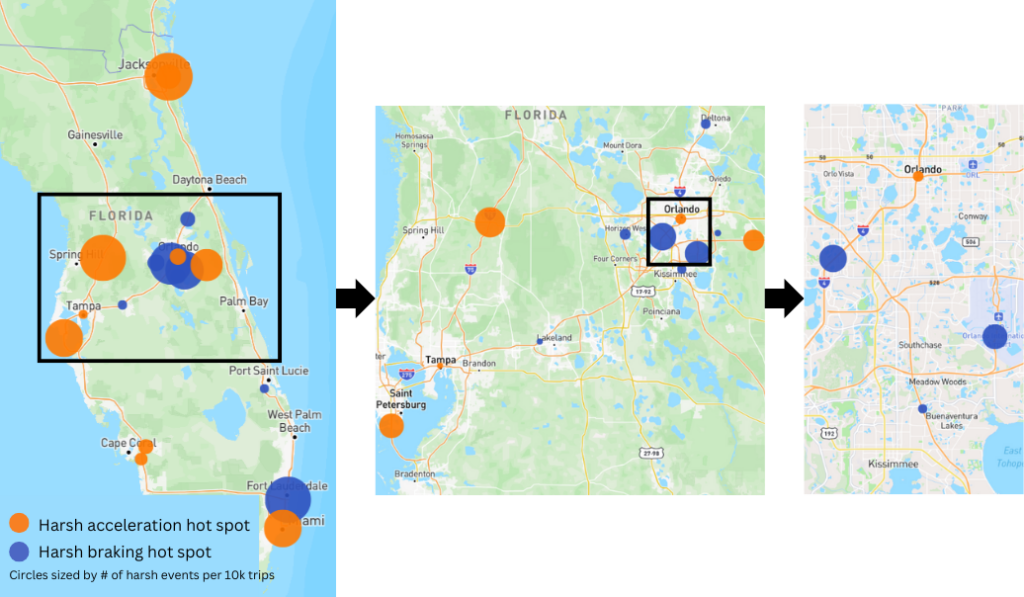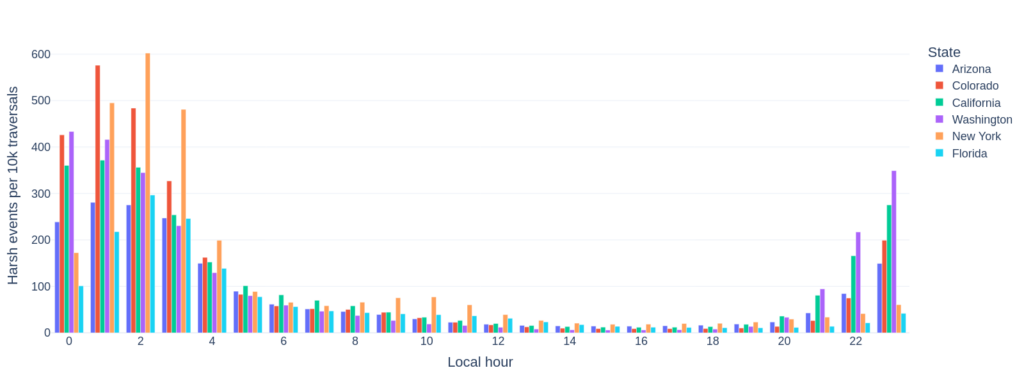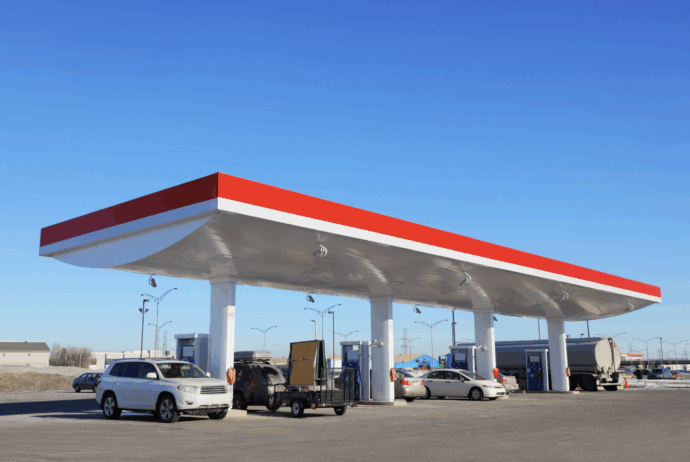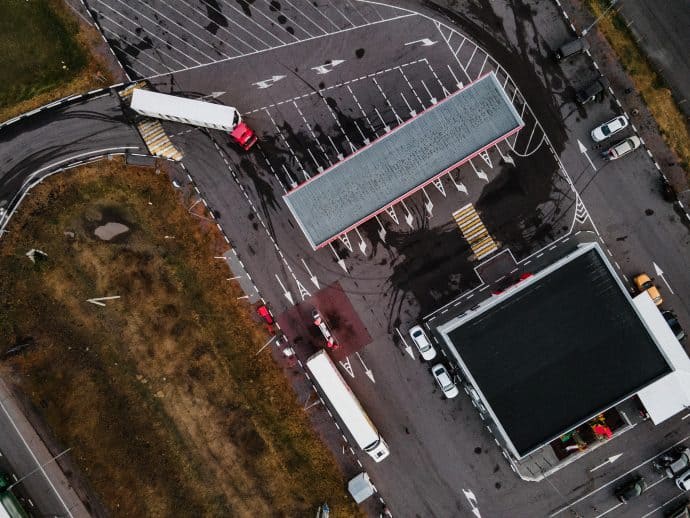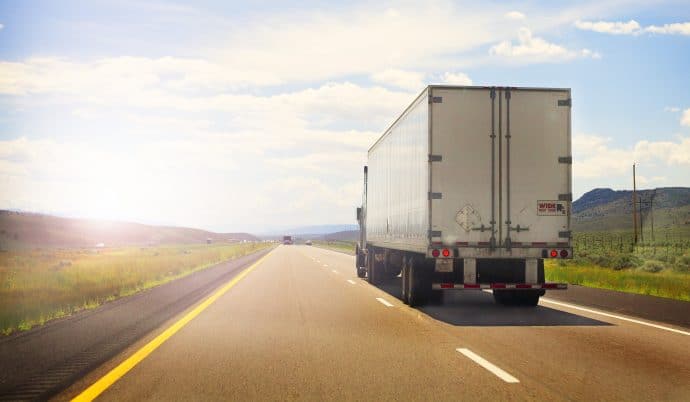The safe and efficient movement of people and goods is often considered the primary purpose of the transportation network. For commercial vehicles, which are largely responsible for moving goods around this network, roadway safety is important for both driver welfare and business operations. Safety lapses can cause injuries, collisions, delays, and other problems. Understanding safety in the transportation system can be challenging due to the variety of factors involved, including driver behavior, roadway infrastructure and the built environment, congestion and other vehicles, etc. We investigated this problem by using connected vehicle data from commercial vehicles to understand how transportation network safety varies from state to state for different vehicle classes.
For this analysis, we rely on insights that identify when unsafe activity occurs. We refer to these instances as harsh events. Harsh events occur when GPS-based acceleration exceeds a threshold value of ~3m/s2. These events are further categorized by directionality of the event, resulting in three distinct types: Harsh acceleration, harsh braking and harsh cornering. In this report, we focus on harsh acceleration and harsh braking events. To understand how the frequency of harsh events varied by state, we examined the number of harsh events per one million miles in each state. We used data collected from January 1, 2024 – November 30, 2024.


